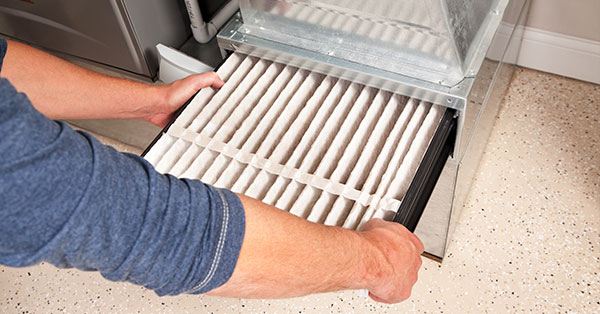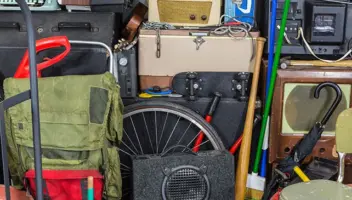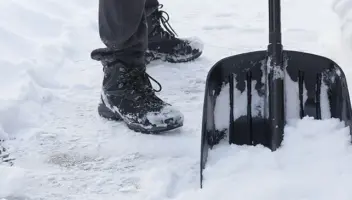Fall Furnace Maintenance

To prevent the discomfort that comes with furnace breakdowns, you should add fall furnace maintenance to the top of your to-do list. By taking the time to maintain your furnace, you can ensure it runs safely and efficiently throughout the entire fall and winter. Here is a brief overview of the steps you need to take to maintain your furnace:

Remove the Combustion Chamber Door
Begin by turning the electrical power switch off and removing the combustion chamber door by simply lifting it up and pulling it out. When you do so, be sure to remove the burner cover if you have one.
Inspect the Burner Flames
Next, turn the power switch on and turn up your thermostat in order to activate the burners. Your flames should be blue and even. In the event that they are yellow, they are likely dirty and require an adjustment from a professional.
Vacuum the Burners
Then, shut off the power switch and gas so that you can vacuum the burners. You should vacuum any areas with dust. During this step, it’s a good idea to search for signs of soot which is a fine black powder that usually signifies poor combustion. Call a professional if you notice any soot.
Remove the Blower
After you’ve vacuumed the burners, you should remove the blower so that you can clean it. If there’s a control panel in front of your blower, you can use a few screws to loosen it so that it can hang. To clean the blower, use a vacuum and small, stiff brush. Be careful not to disturb the wiring or counterweights while cleaning.
Change the Furnace Filter
Every one to three months, you should change the furnace filter. Although you can install a high-efficiency filter, a more affordable fiberglass filter will properly protect the blower and blower motor. If clean air is important to you, you may want to invest in a separate air cleaning system.
Clean the Pilot
Use a straw to blow dust off the pilot. This is a crucial step as a dirty pilot can cause the flame sensor to state that the pilot isn’t lit when it actually is. Keep in mind that newer furnace systems usually have hot surface igniters instead of pilots.
Clean the Flame Sensor
Occasionally, the flame sensor will be topped with residue and stop your furnace from lighting. Pull the flame sensor out of its bracket and clean its surface with a fine cloth. When you’re finished, place the sensor back into its bracket.
Clean the Hot Surface Igniters
If you have a newer furnace with a hot surface igniter, blow air through a straw in order to clean it. Since hot surface igniters can easily break, refrain from touching them.
Now, you know what it takes to maintain your furnace. Although you can perform all of these steps on your own, it’s a worthwhile investment to hire a professional so that you can save your precious free time and avoid costly mistakes.


